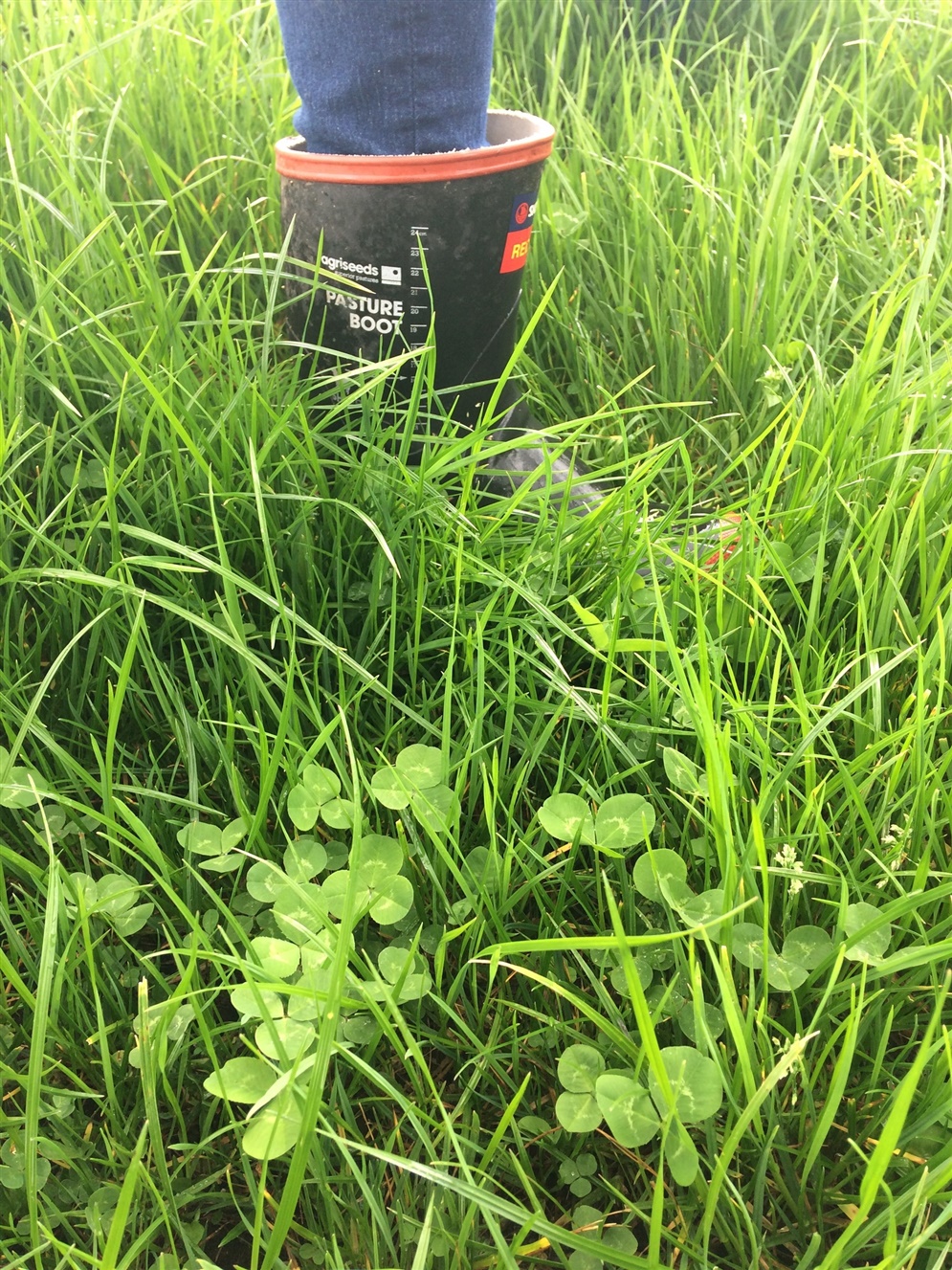Legume power – re-learning the lost art of cultivating clover
There’s a popular saying that everything old is new again.
White clover is no exception. For 100 years, it’s done great things for New Zealand farming.
Now more than ever, it still has a lot to offer – tonnes of feed in the heat of summer when ryegrass can struggle; superb animal nutrition; and a surprising amount of free, natural nitrogen.
Scientists say even though it has been overlooked in recent decades, white clover is a key tool to help meet new and pending environmental regulations on-farm.
In other words, it’s time to go back to the future, and re-learn what we used to know about staying in clover.
Chances are there isn’t much clover in your pasture at present – maybe 15%, possibly 20% if conditions are ideal, almost certainly not the 30% recommended for optimal farm performance.
In some parts of the upper North Island, it’s now more common to see pastures with no clover than with clover.
There are no hard data available about the current state of clover populations on NZ farms.
However, there is plenty of science that proves the more N fertiliser is applied to pasture, the more competitive ryegrass becomes, to clover’s detriment.
And since our N fertiliser use has increased six-fold in recent years, pasture researchers agree there’s every reason to assume clover has taken a big hit nationwide.
Add in clover root weevil, higher stocking rates, faster dairy grazing rounds, lighter clover seed sowing rates and ryegrass-centric nutrient programmes, and it’s no wonder clover is MIA in many pastures today.
The good news is that it’s not gone for good, it just needs to be revived and looked after. In return, it will reward you with environmental benefits and production gains.
Best of all, now is an ideal time to take stock of your existing clover, and to start reversing its decline.
- Soil test paddocks which lack clover, and herbage test clover plants too. Clover needs 16 nutrients to thrive, and is often described as the canary in the coal mine, because it will reveal soil nutrient deficiencies sooner than ryegrass. It needs higher soil levels of phosphate (P), potassium (K) and sulphur (S) than ryegrass, and sometimes more magnesium (Mg) and molybdenum (Mo). Clover is also sensitive to soil pH, growing best at 5.8 to 6.2.
- Spin on clover seed. In existing pastures with nil or minimal clover, oversowing 4-5 kg/ha coated clover seed in autumn is a practical, effective way to start re-building clover populations.
- Be clover-friendly when renewing pastures this autumn. Clover seed is very small, and needs shallow sowing at 2-3mm. Take care when drilling, and drill slowly (as seed drills go deeper with more speed). Clover also suffers when sown tightly in the same row as ryegrass seed, so roller-drilling or broadcasting is better than standard row sowing with a coulter drill.
- Let the light in. This is absolutely vital for newly sown pastures. Ryegrass emerges and grows faster than clover. If it is allowed to get too long, too soon, it will shade out and kill baby clover seedlings before you know it.
For more information on clover’s environmental and production benefits in today’s farm systems, visit www.dairynz.co.nz or beeflambnz.com


